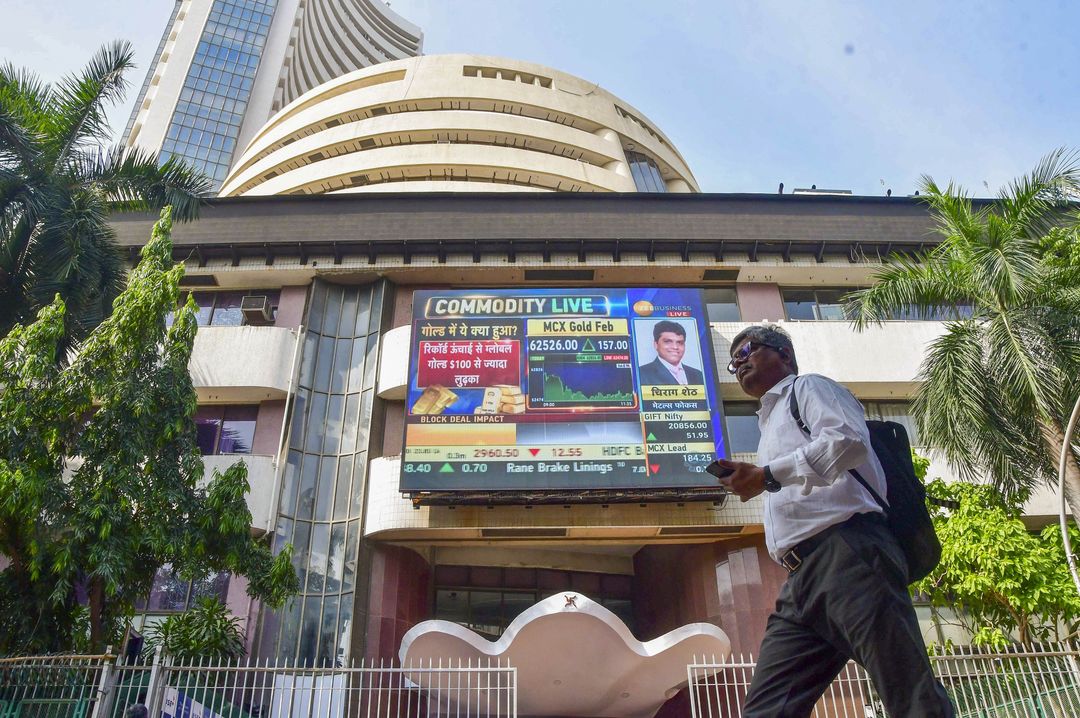New Delhi, April 11 — The imposition of steep tariffs of up to 125% by the United States on Chinese goods may provide a short-term competitive advantage for Indian exporters, particularly in sectors such as textiles, leather, engineering, and electronics, according to a recent analysis by the Global Trade Research Initiative (GTRI).
The think tank highlighted that while the punitive US tariffs could squeeze Chinese exporters, Indian products—subject to only a flat 10% additional duty—stand to benefit by becoming more attractive to American buyers. This shift could help India gain a stronger foothold in the US market in industries where it competes directly with China.
“This temporary relief could help Indian products become more competitive in the US market,” said GTRI founder Ajay Srivastava, referencing segments such as textiles, leather goods, electronics, and engineering items.
However, Srivastava cautioned that the advantage may be short-lived unless India takes immediate steps to solidify its export ecosystem. He recommended the reintroduction of the interest equalisation scheme, which would enable small exporters to access cheaper working capital, and improvements in customs efficiency to expedite shipments.
Under the new US executive order, there is a 90-day suspension of country-specific tariffs, offering a limited but crucial window for Indian exporters. GTRI emphasized that companies must thoroughly examine the updated tariff regulations to identify products that will be affected and plan their shipments accordingly.
While the US move targets Chinese dominance in several industries, India must use this breathing room to strengthen trade ties with American buyers, streamline compliance, and improve logistics efficiency. GTRI warned that inaction could result in lost momentum once the temporary relief period ends.
This development presents a rare chance for India to scale up exports and secure long-term contracts in the US market—if supported by timely policy interventions and active engagement by exporters.
Indian Products Poised to Gain in the US Market
The think tank highlighted that while the punitive US tariffs could squeeze Chinese exporters, Indian products—subject to only a flat 10% additional duty—stand to benefit by becoming more attractive to American buyers. This shift could help India gain a stronger foothold in the US market in industries where it competes directly with China.
“This temporary relief could help Indian products become more competitive in the US market,” said GTRI founder Ajay Srivastava, referencing segments such as textiles, leather goods, electronics, and engineering items.
Short-Term Window: India Urged to Act Swiftly
However, Srivastava cautioned that the advantage may be short-lived unless India takes immediate steps to solidify its export ecosystem. He recommended the reintroduction of the interest equalisation scheme, which would enable small exporters to access cheaper working capital, and improvements in customs efficiency to expedite shipments.
90-Day Suspension Offers Breathing Space
Under the new US executive order, there is a 90-day suspension of country-specific tariffs, offering a limited but crucial window for Indian exporters. GTRI emphasized that companies must thoroughly examine the updated tariff regulations to identify products that will be affected and plan their shipments accordingly.
Key Highlights of the Tariff Modifications:
- Items shipped before April 5 and arriving by May 27 will be exempt from new duties.
- Shipments between April 5 and April 9 will face only a flat 10% duty, bypassing the harsher 125% rate.
- Products containing at least 20% US-made components will only be taxed on the non-US portion—if the value breakdown is clearly declared.
Strategic Opportunity for India
While the US move targets Chinese dominance in several industries, India must use this breathing room to strengthen trade ties with American buyers, streamline compliance, and improve logistics efficiency. GTRI warned that inaction could result in lost momentum once the temporary relief period ends.
This development presents a rare chance for India to scale up exports and secure long-term contracts in the US market—if supported by timely policy interventions and active engagement by exporters.
Last updated by a enewsx:
